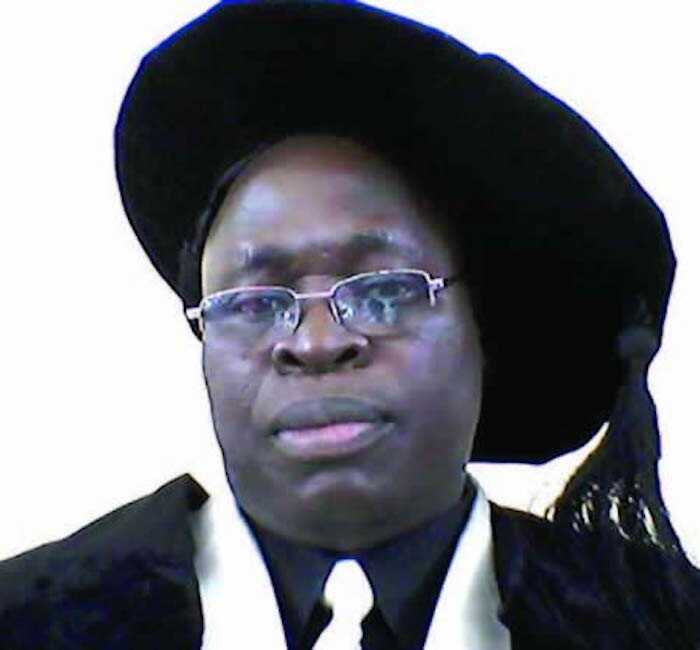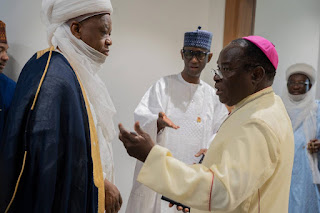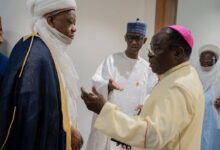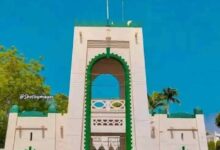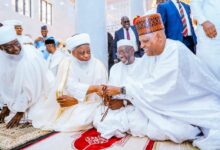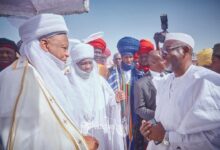Encomium galore for Ahmadiyyah at 100
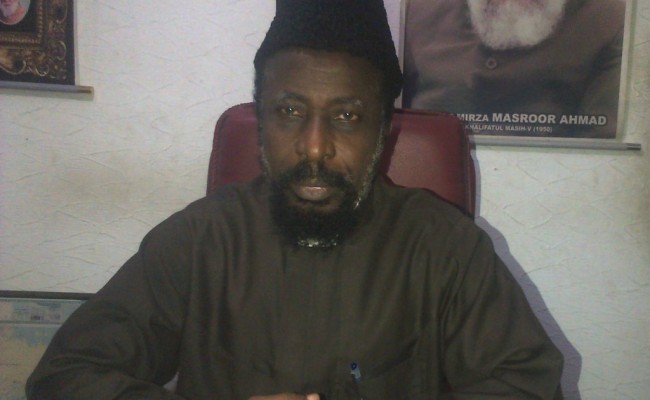
| *As Obasanjo, Amosun, others say Muslim sect is pace-setter |
By TUNJI WAHAB
All roads, at the weekend led to Ilaro, Ogun State, the venue of the Ahmadiyya Jama’at, Nigeria’s centenary celebration. And it was encomium galore as the Islamic organisation celebrated its 100 anniversary of existence.
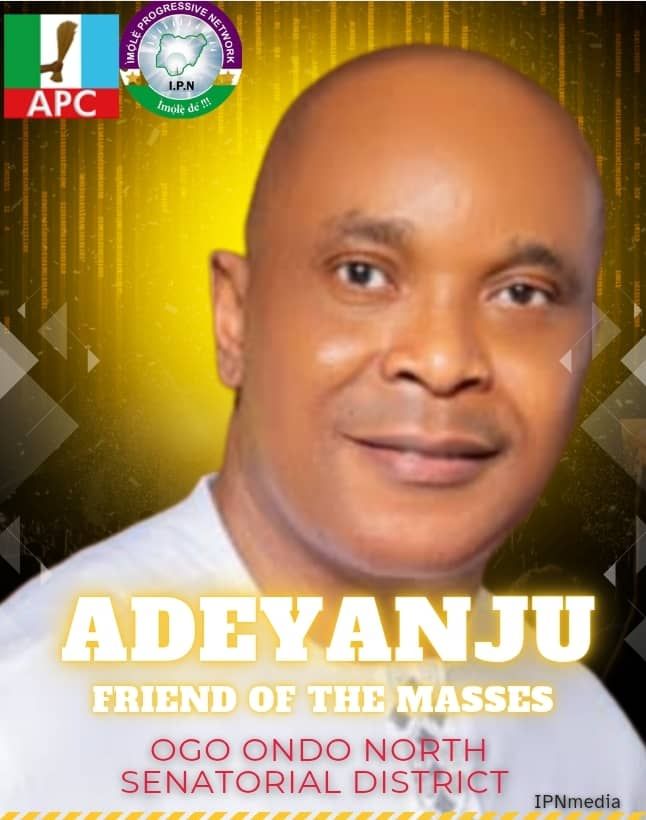
The occasion was graced by dignitaries across the globe including former Nigerian President, Chief Olusegun Obasanjo who gave the keynote address as special guest of honour at the august gathering. Other speakers at the event included governors Ibikunle Amosun of Ogun State and his Osun State counterpart, Ogbeni Rauf Adesoji Aregbesola. While Obasanjo and Aregbesola put up appearance, the host governor, Amosun sent a representative.
In his keynote address, former President, Olusegun Obasanjo described the Ahmadiyya Muslim Jama’at as pace setter and trail blazer in several human endeavour in Nigeria.
Obasanjo spoke yesterday at Ilaro, Ogun State as special guest of honour at the National Convention of the movement organised to mark its 100 years of existence.
According to him, whether the people like it or not, “the contributions of Ahmadiyya Muslim Jama’at to Islam in particular and national development in Nigeria at large cannot be over-enphasised,” stating that, “without equivocation, it was this great organization that blazed the trail for the emergence of highly respected Muslim intellectuals and professionals.
The former President expressed the delight that, one hundred years on, the professionals are still making Nigeria proud with their enormous contributions to nation-building and national development,” asserting that, “something striking about the emergence of the organisation that must be acknowledged is that it is a pace-setter or trail blazer for Muslim organisations in Nigeria.”
He spoke further: “It is on record, for instance, that the first Muslim school in Nigeria was established by the Ahmadiyya and the same thing is applicable to the first Muslim hospital and Muslim newspaper. Since the organization became a rallying poit for the Muslim elite when it birthed in 1916, there is no doubt that many successes have been recorded in every human endeavours inspite of challenges the Jama’at has faced in its quest for existence, relevance and acceptance.
“wWe cannot deny the fact that the Ahmadiyya movement is regarded as heterodox by the majority of mainstream and Ahmadiyya have been marginalized, discriminated against in various ways and sometimes violently oppressed particularly in Pakistan, where they were categorized as non-Muslims minority in national law through the efforts political and religious in 1974.
“Nonetheless, Ahmadiyya Muslims and organizations are active in educational, missionary and community efforts worldwide.”
Speaking in the same vein, Ogun State Governor, Ibikunle Amosun commended the organisation for its contributions to the world peace with its mantra of “Love for all, hatred for none.”
Amosun, the host governor, who was represented by his religious affairs consultant, Alhaji Musbau Oyefeso, congratulated the Jama’at on their centenary celebration and wished them more fruitful years of nation building.”
In his own address, the State of Osun Governor, Rauf Aregbesola, who flew in from Abuja to be part of the august ceremony expressed the delight to be associated with the success story of the organization.
Quoting copiously from the glorious Qur’an, the vocal governor, who also is an Islamic scholar commended the Movement for its dogged efforts at maintaining peace ant therefore urged them to imbibe three characteristics of a good Muslim Umma (Community) as divinely stated in the glorious Qur’an.The three virtues, according to Aregbesola are; patience, love for goodness and hatred for evil.
In his opening address earlier, the Amir (National President) of the organization, Dr. Mash-hud Adenrele Fashola enumerated the achievements of his Jama’at since its inception in 1916 and thanked God for the success story of being first in many human endeavours.
While lamenting the sorry state of the nation, Fashola said the cause of the decay was lost of value saying that informed the theme of the conference: Redefining Moral Revolution for sustainable peace and development: Post-Hundred Years of Ahmadiyyah in Nigeria.”
The three day event, which would rounded off today was attended by dignitaries across the globe.
The highlight of the event were takwando demonstration, exhibition and mass wedding ceremony where 23 grooms and bride grooms were legally pronounced husbands and wives.



